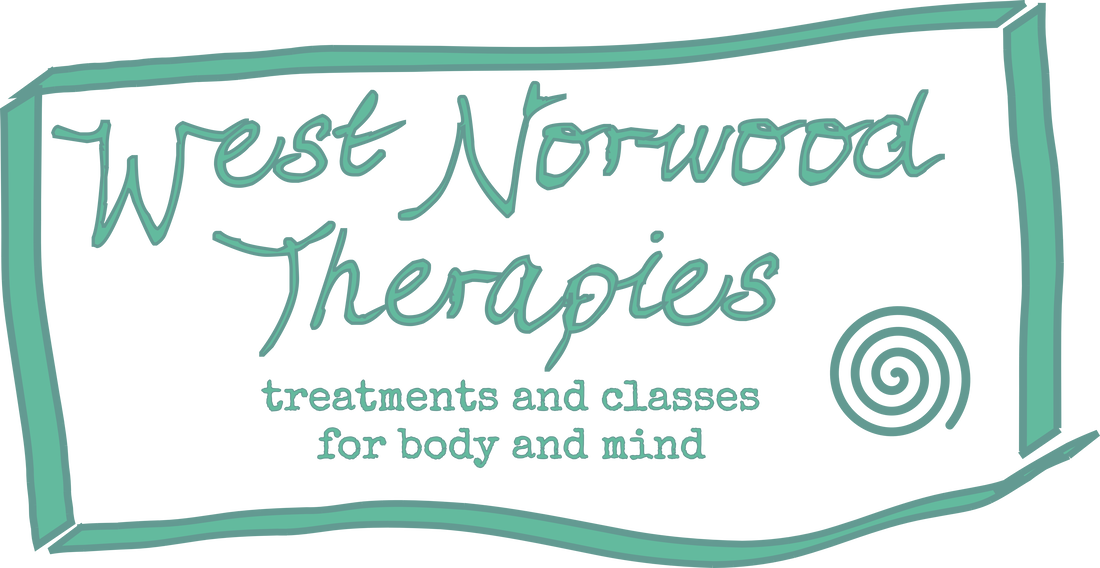|
Massage therapist and massage junkie Jennie Duck shares some of her favourite self-massage tools to use on in between the real deal massages. With AI swooping in to take over many jobs and roles I feel lucky to be confident that there is nothing that compares – or could compare – to the interpersonal connection and physical contact of a massage. The relationship with your therapist is part of this, a person you share with and ask for help – this can be a vulnerable and fairly intimate action, especially when it is followed by undressing! You place your trust in the therapist and the therapist – good ones anyway – will respond by basing their massage on the information you gave them and the feedback you give them through the treatment, from direct questions about the pressure to intuitive sensing of where you are holding tension that you are not even aware of. This relationship may be a one off or it may be one that lasts over many weeks, months and years. I have left massage sessions feeling enlivened, enthused, exhausted, delighted, excited, understood, supported, connected, soothed and sometimes pummelled 😊 Sometimes I am sore, sometimes I feel like I’m hungover the next day or two, sometimes I feel like I could run like a gazelle and sometimes like I could sleep for a week. I always get something from the session, often disproportionate to the hour that I spent having it. I learn about my body, I enjoy some rapport with some therapists and rare silence with others. I will never stop getting massages from a good therapist and I am looking forward to getting back to the privileged position of giving them next year after a long hiatus having children and relocating. In between massages I crave more and I also sometimes have to go longer periods between them when funds and/or time are tight so I have built up an array of things to see me through. I can do some self massage of course and often do on my forearms especially, but I often just wish it was someone else's hands and prefer to use tools, especially for getting into trickier to reach spots. These are my favourites (and links are just to show where I bought them, no affiliations!):
And now in getting the links from this blog I've spotted a foot massager so my birthday money might have a new purpose...that's one for next time!
Happy massaging!
0 Comments
With Karen joining us this month it felt like a good time to reflect on the range of therapies we now have on offer at WNT. It is our 10th anniversary this October – wowee 😊😊 – and over the decade we have had an alphabetic spectrum of treatments and classes from Acupuncture to Yoga with everything from Feldenkrais to Sports massage in between. So what do we have on offer now? Well, starting with massage where WNT began, we have a great range to choose from Sports and remedial massage with Tessa – Advanced booking required to see popular Tessa with her highly adept intensive treatments. She works with all sorts of athletes and desk-bound bodies to help free up stubborn tensions and encourage freer, more efficient movement. Tessa really is a master of her trade working with a range of deep tissue and trigger point techniques and using acupuncture needles in some sessions. Relaxing deep tissue massage with Erika – Erika has been in the massage business for over 20 years and her lovely strong hands work intuitively around the body, their experience meaning your body has easy confidence to relax and feel some relief. You can read Erika’s blogs and see how thoughtful, interesting and considered they are and her massage treatments are in the same vein, very nourishing. Tuina massage with Mihaly / Mike – Mihaly (also known as Mike) is a more recent addition to our team and we are so glad he joined! Mihaly has a lovely, peaceful, warm presence and his Tuina massage is very careful and intuitive. Tuina takes placed fully clothed and works along the meridians like acupuncture (which Mihaly also practises). This is a great treatment with Mihaly since he is a natural therapist and can help you work with acute and broader issues alike, often helping with lifestyle support. Philippa also practises tuina massage and tends to incorporate it into an acupuncture treatment when she feels it would benefit rather than offer it as a stand-alone treatment. And now we have another experienced pair of hands in Karen with Shiatsu. Similarly to tuina, Shiatsu works with meridians to open up stuck energy and uses stretching and pressure on points to help release and find relaxation and ease. Karen has been working in South London over the past 2 decades and her experience and skilful practice is a welcome addition to our team. And then we have a wealth of Acupuncture on offer too, which you can read more about in our blog, Acupuncture at WNT - three different approaches, who should I see? In brief, we have Philippa with a traditional TCM (Traditional Chinese Medicine) background and almost three decades of experience working in a broad range of professional settings, both privately and with the NHS. Philippa works a lot with women’s health, including menstrual issues, fertility through to post-natal recovery and menopause. Philippa’s treatments tend to be primarily pure acupuncture though she often incorporates some tui na massage into the treatment. Mihaly is also TCM trained and his treatments tend to be more of a blend of acupuncture with tui na massage and incorporates his background in martial arts into his approach. Mihaly’s interest is in the mind-body connection and developing this this both informs and is an outcome of his practice. Tessa uses acupuncture needles in a different way, her training is in Medical Acupuncture or Dry Needling which can be useful in treating musculoskeletal issues and helping to release stubborn tensions. Tessa uses these as an addendum to her sports massage treatments, incorporating them when she feels they’d be beneficial and the client is keen. And then we have some other treatments which are currently all offered by lovely Laura on a Saturday: Reflexology is Laura’s main practice, her warm and welcoming presence is popular with clients who report feeling the benefits of her kindness and empathy as well as her knowledgeable treatments. This foot treatment has an uncanny way of working on the whole body and can be profoundly relaxing and restorative as well as effective on specific aches, pains, digestive and menstrual challenges.
Reiki is another of Laura’s offerings and clients find this energetic work helpful in encouraging the body’s own healing capacity, a nourishing hands-off treatment that helps support the body emotionally and spiritually. And last but by no means least, Laura’s other skill is in sound bath healing and she offers one on one sessions at WNT – amazing sensation having bowls placed on the body and ‘played’ so you feel the vibrations and benefit from the deeply resonating sounds. This is a pretty special thing to have on offer and worth checking out if you have never experienced it. Acupuncturist Mihaly Rosta shares his success in treating a client with constipation with some simple acupuncture points. I thought to share a few stories from my clinic so you can have a better understanding of what Acupuncture can help with. As well as to provide a gentle introduction to how it works. Relief for constipation and other bowel issues is a remarkable and frequent outcome of such treatments. Over the years I am starting to figure out that the body is truly amazing. It really is a wonderful ‘machinery’ that often needs only a little nudge in order to recover. As long as one has sufficient vital substances – Blood, Qi and Essence (talk about those in a later post) – it will recover rather quickly. When it comes to treating bowel issues such as constipation, diarrhoea, inflammation and such Acupuncture can have a quick reliving effect – whilst it may take longer to re-establish proper internal harmony in case of chronic conditions.
One of my clients came to me recently complaining about the inability to empty their bowels properly for almost a week. Although their main complaint was different, something like this can often be incorporated into the treatment. I used a combination of 2 points located on the Stomach channel, whilst other points were used to support the underlying conditions. The acu-point, Stomach 37 was needled and gently stimulated. This is a point which has a strong effect on the bowels through the connection of the digestive organs of the Stomach and the Large Intestine, which is mainly responsible for the appropriate elimination and further absorption of nutrients. As you can read in the other article -click on the link above-, it is also a majorly useful point to generally assist IBS and it’s related symptoms. I also used acupressure on Stomach 25 which has been observed to have a very strong effect on the Intestines. Via the aforementioned connection, this point is able to strengthen and enhance the natural function of the Stomach and Spleen, which is responsible for the transportaion and transformation of nutrients. Although I worked fairly gently on these points, the client reported having a ‘big clear-out’ the same day. Of course, no 2 people have the exact same needs. The beauty of Chinese Medicine lies in its ability to show what needs to be done for the person in front of us in that given moment. Sometimes the body only needs a few gentle yet precise inputs in order to start making steps towards equilibrium. Massage therapist Erika Zettervall shares an update on her experiment to see if running can help with depression and low motivation. Here she shares how this is going over the depths of winter and the effect it is having on her life. Still running
In my previous blog I had just taken up running regularly as a vehicle for keeping mind and mental state in good health. So here is a little update a few months along deep into mid-winter. I am still running - three times most weeks, for about 40 minutes and really enjoying it. The after-effect of brightness and energy in mind and body, even if the actual run sometimes felt like hard work, is really very nice. It definitely has been harder to get up when it’s dark and out of the door in the mornings during the winter. North is in my blood so temperature is not a deterrent and frosty ground a more pleasant experience than the mudslides our parks often turned into this time of the year and I also quite enjoy getting out in bad weather, better running than walking in the rain. Then afterwards it’s so nice to get back in and indoors feels lovely dry and warm. It’s more the general tiredness of January and winter with its short days, a time when, if possible, it’s okay to linger a little longer in bed and take it a bit slower. This coming week, February 1st, marks the halfway point between winter solstice and spring equinox. This day is also called Imbolc or st Bridgids day. From now on the acceleration in daylight per day is becoming more noticeable week by week. Amusingly, this day has lately gain notoriety due to an increased interest in old Irish and Gaelic traditions, a side effect from the many Brits looking into Irish roots in pursuit of a passport in the wake of Brexit and is now celebrated in several places in London. When it comes to avoiding slipping into depression, one of the purposes of the running regime, it is obviously impossible to know and compare how I would have felt if had not been running regularly. The dread and despair that I often experience around this time of the year, so familiar and recognisable I know it will pass, like a winter season of mind, but sometimes it sticks and turns into depression. This year it feels okay. The structure of running is helpful and having regular dose of joy and satisfaction from keeping up with the commitment is good mood boost but the sense of strength and vitality is the biggest benefit I experienced so far. We have three practitioners at WNT who use acupuncture in their treatments. They each have distinct approaches so to help you decide who would best fit your needs we have asked them some questions about how they work and who they work with. There are 3 acupuncturists at WNT, please can you share a bit about your individual approach or style of acupuncture?  I practise East Asian Medicine (EAM), an umbrella term for many different styles which include my initial training in Traditional Chinese Medicine and 5 element acupuncture with subsequent courses in other styles including Master Tung, Channel Palpation and ear acupuncture, each with their own strengths. Training in TuiNa massage really changed how I work, and it was during that time that I started incorporating more hands on approaches to diagnosis and treatment. Broadly, EAM can be used to focus internally on physiology in a holistic way looking at how the different systems interact and impact on a physical, mental and emotional level. It can also be used to look at the body in a more structural way, focussed on the musculoskeletal skeletal system, but still taking into account the background physiology that nourishes the muscles, bones, tendons, ligaments and joints. My training particularly in fertility and musculoskeletal acupuncture has incorporated more western concepts and diagnostic approaches, but EAM is at the heart of how I work.  My approach is to deepen and utilise the mind-body connection which is done by bringing my decade long Tai chi and meditation practice into the treatment room. Whether it is acupuncture or martial arts, we always aim to create a good flow in the body and mind, as stagnation or being stuck is seen as the root of suffering. So my treatments are often described as a calming flow between Acupuncture, massage and gentle guidance. Thus working on both the Body, Mind and Energy (QI) of the person. 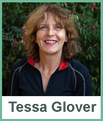 I practice what is known as Dry Needling or Medical Acupuncture (DN/MA). This is an approach used to treat musculoskeletal problems. When I think it may be beneficial to use needling during a massage session I will discuss with the client first and use it in combination with soft tissue work (massage). I will massage the area first to detect where the needles are required and usually leave them in place for 20 minutes or longer if needed. I use DN/MA in approximately 50% of my treatments. I am foremost a massage therapist and I am aware that when people book a massage, that is what they want. I also respect that some clients have a fear of needles although I am happy to say I have introduced DN/MA to a number of clients over the years who have been converted when they feel the benefits of a needle versus my elbow! What kind of clients do you mostly treat?  I treat a wide variety of conditions but since qualifying most of my additional training has focussed on four main areas which in turn determines the type of clients I mostly treat:
So, I see a lot of women for gynae issues like painful periods, PMS, menopausal symptoms, through pregnancy right up to the birth and beyond and a very wide range of fertility issues. This may be support conceiving naturally or while going through ART procedures like IVF and FET, often with background diagnoses like endometriosis or PCOS. I also treat a lot of people with headaches, migraines, musculoskeletal conditions like sciatica, back and knee pain, often chronic recurrent conditions. I tend to refer athletes and sporty people with more acute conditions to Tessa. I have built up good peer support and referral networks in the key areas on which I focus and that is so important in getting help with more challenging cases and signposting clients in the right direction if I can’t help them. 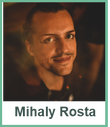 Although I see people with a wide range of health complaints, the most frequent conditions that I treat (and have success with) are anxiety, stress, nerve related pain, sinusitis and digestive issues. I am also happy to say that I see a fairly equal amount of man and women (and everyone in-between). I am really happy to see that men reach out and attend to their mental health needs.  I use DN/MA on all types of clients. From those with migraines or neck/shoulder/back pain to muscle tears. From young semi-professional footballers with injuries to more mature clients to assist with pain relief and rehabilitation from many conditions including Osteoarthrititis and hip/knee replacements. Again I only treat with needles if the client is happy to. What do you enjoy about using acupuncture to work with clients? 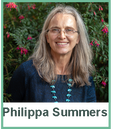 I love how very different we all are and feeling a connection with people. Everyone brings their own personalities, strengths and struggles, and it feels vitally important to get a sense of each person and what treatment means to them in order to treat effectively. That spark of connection is so important whatever people are coming for. There is invariably an emotional element to some degree, sometimes a key focus, sometimes more in the background. Acupuncture with its holistic approach and focus on mind, body and spirit offers a versatile framework. It is so good at helping to achieve a sense of peace in our often hectic city lives, where that reset into more 'rest and digest' is a key element for healing. Whether people come with pain, with mental health struggles, wanting to start or grow a family or for another combination of reasons acupuncture offers a way to assess and address the physical and emotional together, and also to regulate the many complex interactions within our body as a whole. I like that approach, it makes sense to me to treat the body as the unified, interactive, self-regulating system and gently nudge it towards a more healthy balance.  I really enjoy seeing the change that I help to facilitate in my clients. It's amazing how people can leave behind pain and find more comfort within themselves. Love seeing people's attitudes and priorities change about their own health as that is what makes the "healing" sustainable. Oh and I must say that I love treating new things that I perhaps have never seen in person before. It's fascinating to see how the two of us can unravel what is the ongoing behind the labels of disease.  I enjoy seeing the positive results of DN/MA when used on my clients. It also gives me the freedom to multitask if there are a number of areas of the body I need to work on in one treatment. For example I can use needles in the neck and shoulders while using massage on the legs. DN/MA doesn't work for everyone but I've had some amazing results and responses from clients. I used one needle on a hamstring tear in one session and the client had no further pain. My favourite response to the suggestion of using DN/MA being "ooh needles, yeah. I can feel it whooshing through my shoulders, it's fantastic. Love it!" You can book online with Philippa, Mihaly (aka Mike) or Tessa or contact them directly if you would like any further information. NB: Sessions with Philippa or Mihaly begin with a 90minute session to allow for a longer consultation (sometimes on zoom) while with Tessa acupuncture needling is something that is incorporated into her regular sports massage treatments.
Massage therapist Erika Zettervall has embarked upon an experiment: can running help with depression? In this inspiring blog she shares her journey so far and some helpful resources for anyone interested in exploring whether running might be a good option for yourself in improving mental wellbeing. I have taken up running again, this time conducted as a little experiment to see how - or if - it affects my state of mind. Bluntly put, I’d like to see if it works to combat depression. My state of mind has been a bit low and dull, feeling uninspired and finding it hard to make decisions as well as difficulty concentrating. Perhaps that’s normal sign of ageing or symptomatic of my lifestyle with increased screen time and social media indulgence. According to psychiatrist Anders Hanson, running 30-45 minutes 3 times a week at 70% effort for at least 6 weeks would create changes in the brain that help with depression. My understanding is that there is a substance produced in the hippocampus and cerebral cortex in the brain called BDNF (Brain Derived Neurotrophic Factor) that protects, repairs and stimulates new brain cells. Having low levels of this substance is associated with depression. Medication increases these levels as does exercise. I have taken antidepressants in the past and found them helpful to some extent but not really making much difference long term and at this point it doesn’t feel necessary to seek them out. So, after finding a book on my bookshelf in the great unread section by Dr Anders Hansen writing about the benefits exercise in general, and running in particular, has on the brain as well as hearing him speak on Rangan Chatterjee’s podcast, Feel Better Live More, episode 38, I decided to give it a go. A simple explanation for these benefits is that our biology is still more in line with being a hunter gatherer and not suited for the abundant, convenient world we now live in. Shorter sessions of 20-30 minutes would also make improvements in the functions of the brain such as memory and creativity. The plan is to work up to the 45min sessions and keep it up for 6 weeks and see how I feel and then keep going with three times a week 30-45min sessions. It sounds a realistic and doable plan to have and curious to see how this will take me through the winter. No doubt shorter days and harsher weather will be a bit of challenge. Luckily, I have always liked running when I’m fit enough and I enjoy the striding movement. It’s a nice way to explore an area be it park, wood or neighbourhood. It is also a very accessible and simple way to exercise. No need for fancy memberships, class schedules or expensive equipment. Just put shoes on and go. I like the freedom of that. I am now 4 weeks in and it is a joy. Perhaps it’s the lovely, mild autumnal weather that brings a pep to my step. Starting out being in general good health and having a comfortable walking gait has been helpful (don’t run before you can walk as the saying goes) in having making it very pain free so far. Not focusing on speed or distance makes it very carefree. The first two weeks I went for 20-30 min sessions and this last week increased it to 45 min a couple of times.
As to how my mind is: Feeling a lot more inspired than I did a couple of weeks ago, but if that is down to the actual running or to setting and following a plan it’s hard to say. Having an intention with what you do, whatever it is, is also one of these things in life that can shift the mood.
Acupuncturist Philippa Summers suggests some local classes suitable from pregnancy to preschool and highlights which of the WNT team can support you around this busy, nurturing stage of life. As the nights begin to draw in and we withdraw inside a little more it can be more challenging to plan your days with a baby or toddler, and to look after your own well-being and fitness. Well, the good news is there are a wealth of opportunities out there, activities you can do with your baby or children and classes for yourself with your baby or at those precious moments you have to yourself. Just getting out and meeting up with other mums and dads can make a whole world of difference as you adjust to parenthood. Maybe you are looking for something specific or just want to browse and see what’s out there.
I came across a website, Happity, that makes searching for classes and events in your area a doddle. It covers everything from pregnancy through the baby and toddler years to age 5. Prices vary, some are free and some low cost from as little as £2. Among them are:
I know from my own experience and that of probably every parent I know just how important these groups are through this phase of life. If you are struggling with post-natal depression Happity also have a dedicated area of their website which includes links to useful resources. Check out their blog, too. I’d like to make a special mention for Gather-ed as they offer something a little different and I think much needed. They offer 1:1 support, workshops and group gatherings with experienced facilitators including midwives - ‘gently facilitated discussions on themes and topics relevant to parenthood…and are a space for honest, authentic conversations’. Wednesday mornings at Knowles in West Norwood, other classes in East Dulwich. Pregnancy Treatments at West Norwood Therapies Finally, we can help to support you throughout your pregnancy with our treatments at West Norwood Therapies:
Acupuncture: Some women choose to have regular acupuncture to support them throughout their pregnancy, but commonly it will be to help with a particular issue. In the early stages of pregnancy women often seek help for morning sickness and at the latter stages for breech presentation and birth preparation. For birth preparation there are advantages to starting treatment at 36 weeks but with the all-clear from your midwives we can also offer treatments when you are overdue and facing an induction. If you are trying to conceive Laura and Philippa also offer fertility focussed treatments, too. Please just get in touch if you’d like to find out more. Reflexologist and reiki practitioner Laura Devonshire looks at hydration - why it is so important, what it can affect and how much and what we should be drinking to keep hydrated. It’s summer (hurrah!) and this season’s theme at West Norwood Therapies is water. I have been exploring water and the human body and why hydration is so critical. Water is essential for life and for our bodies to function optimally. On average water makes up around 60% of body weight in men and 50-55% in women (this can vary depending on age and body composition). Drinking enough water each day is essential for the function of all the cells in the body, it helps us to: regulate body temperature, keep eyes and joints lubricated, helping to rid waste and transport nutrients, helps convert food into energy, protects the nervous system, prevents infection, and keeps organs functioning properly. Some organs contain much more water than others and I found it staggering to learn that the brain and kidneys possess the highest percentage of water: a whopping 80-85%, followed by the heart and lungs 75-80%, muscles, the liver and skin are 70-75%, blood is 50%, bones are 20-25% and lastly teeth at 8-10%. This helps to put into context how dehydration can have so many symptoms and consequences. The current UK recommendation is to drink 6-8 glasses of fluid per day, more specific recommendations about the quantity needed at different ages are shown below: (provided by the European Food Safety Authority (EFSA): The EFSA assume that 20% of fluid intake comes from food and 80% comes from drinks.
It is also important to note that doing strenuous activity or living in hotter or more humid climates may need more than the above. The body works hard to find balance and drinking too little or too much water can have severe consequences. The warning signs of dehydration include:
As mentioned above the brain contains 85% water, dehydration can also impact on cognitive function with difficulty in concentrating, impacting mood making us prone to feeling angry, anxious, and irritated. It’s important to note that on the flip side at the extreme end of consuming too much water, can lead to hyponatraemia, a very serious condition that causes extremely low sodium levels in the blood. It is more common for people to suffer with the symptoms of dehydration. The best way to avoid dehydration is to keep track of how much fluid you drink and drink water throughout the day. It’s ideal to avoid excessive caffeine drinks as they have a diuretic effect on the body, as does alcohol. Of course, I am not staying to cut them out but to just be mindful of intake and ensure you’re having an adequate water intake too. If you have been unwell with a fever or diarrhoea, playing sports or have been sweating a lot in high temperatures: drinking coconut water or a sports drink or rehydration drink can help to replenish your electrolytes and essential salts and minerals. Swap sugary drinks for sugar-free or no added sugar and dilute squash drinks to reduce the sugar content. If you don’t like the taste of water you can try sparkling water or try adding a slice of lemon or lime, some berries or cucumber. WNT founder Jennie Duck shares her love of river swimming and how she overcame her hesitations to get in the water this year. I live in Scotland right by the river. It has always been a fantasy of mine to live right by a river – a swimmable river – and sometimes I have to pinch myself to know that this is in fact my life. Normally I am itching to get in for my first swim of the year and this has been as early as April in our 5 years here. I have fantasies of going for a dip every day of the year at some point, but with young children and various life demands I am not aiming to achieve this anytime soon. But over the summer months I love to go in for mini-dips, mega-dips, paddles and full submersive swims. But this year I haven’t wanted to! With this theme of swimming for our summer news I volunteered to write about my first swim of the year and promptly regretted it when I realised that it would involve, well, going for a swim. I have a 9-month-old baby now as well as a 7yr old home-educated child and time has become so hazy and precisely precious all at once. We still live like in lockdown, we are both self-employed working from home and being alone is a hard thing to find at present. Having a shower now constitutes self-care time and I find myself having to choose between things that I used to value as daily activities. I can do some yoga OR tend to my veg patch. I can wash my hair OR go for a run. Swimming in the river involves a change of clothes, a short walk and a shower – that’s like 4 days personal activities all in one.. 😉 I kept thinking of the benefits I get from swimming outdoors – the freshness, the absolute presence in nature, the warm glow afterwards, the sense of achievement – and wondering when I would find these more urgent than a bit of time on my yoga mat or rescuing the beetroot from the weeds. It didn’t come – but my family did! I come from a family who grew up swimming in rivers and the sea. My mum used to say, “I’m always happy by water” and perhaps as a family of Ducks it is no surprise that we are all energised and nourished by water and being in it.
This was a different experience than the solo experience which boosts my emotional, mental and physical health by the combination of headspace, nature, exercise and freedom. This was fun, community, connection, joy, sharing AND nature, exercise and freedom!
As I read the interviews Tessa has done with her swimming clients and Philippa’s input on swimming around perimenopause, I can see the place for doing these things in community, for the joy that can only come from sharing and doing things together. The poet Ross Gay writes about his experience focusing on delight and joy “Which is to say, I felt my life to be more full of delight. Not without sorrow or fear or pain or loss. But more full of delight. I also learned this year that my delight grows—much like love and joy—when I share it.” Then I read Erika’s words on our senses and understand that I still want to go for my solo swims, to nurture my interior landscape as well. Maybe the weeds can defeat the beetroot this year and I can get in an extra few dips… Acupuncturist Philippa Summers looks at what women can experience from perimenopause onwards and how exercise and swimming can be of great benefit around these years. At a recent party on a chilly evening in the garden I asked a friend in a strappy dress if she was warm enough, she lightly replied “Oh, yes, I have my own personal weather system”. Made me chuckle but menopause is no laughing matter. Some women sail through but for others the symptoms can be unbearable and debilitating and can take a huge toll on just about every aspect of life. It can be a time when women feel at a loss with the changes that are happening to them, bewildered by them. Getting the balance between seeing them as a medical issue and a transformative time of adjustment can be helpful in easing women through this phase of life with greater serenity and joy, with a combined approach offering great benefits. Among the most common symptoms are hot flushes, night sweats, mood changes, tiredness, vaginal discomfort, loss of libido and brain fog, but it affects women very differently and you may experience a range of other physical, mental and emotional symptoms. They can start as women enter the perimenopausal phase, often in their mid 40s, sometimes earlier, usually but not always accompanied by changes in their menstrual cycle. From a medical perspective getting diagnosed is the first step to understanding the changes you are going through and finding solutions that suit you, including HRT. The options can be simple with far reaching benefits. Finding the right choices for you will not only help you to feel better but importantly also help to protect your future health, particularly cardiovascular and bone health. From a lifestyle perspective nutrition, exercise, sleep, relaxation and strong social and emotional connections provide the foundations for your wellbeing, regardless of whether or not you take HRT. Acupuncture can also play a supportive role in helping women ease through the transition, connecting mind with body, with proven benefits for some of the associated symptoms including hot flushes, low mood and anxiety, poor sleep, aches and pain. I have included a link to a resource with a wealth of info at the end, including medical, lifestyle, social and political info. Now, for an overview of exercise and then a brief focus on swimming, our topic for this summer newsletter, in relation to menopause. Exercise From perimenopause onwards physical activity can help to prevent muscle loss which occurs naturally as we age, support a healthy weight reducing the risk of chronic disease and improve cardiovascular, respiratory and bone health. Exercise will build strength, support the joints and alleviate the aches and pain, and the mood enhancing benefits of exercise can help in the way we perceive pain. Additionally, it can help with sleep and generally help you to feel better. If you have specific health issues that limit your activity then seek appropriate advice and support. As a guide try to get about 30 minutes of moderate exercise 5 times a week but if you are new to exercise then start light with 10 mins a day and build up gradually. Aim for a combination of exercise each week:
Cold water swimming is anecdotally very helpful to relieve hot flushes and some of the other symptoms of menopause. It has proven stress relieving and anxiety reducing benefits which can last for several days, and also helps immunity. We are fortunate to have Tooting and Brockwell Park lidos on our doorstep. During the winter especially, they are places with a strong sense of community and camaraderie. If you intend to swim into the winter months then start swimming during the warmer summer and autumn months so that you can gradually acclimatise. As the temperatures cool check out the cold water swimming guides so that you adjust safely and do not overdo your exposure to the cold.
More Information If you are seeking more information the Balance-Menopause website, set up by menopause specialist Dr Louise Newson, is a good place to start for understanding more about the perimenopause and menopause and finding support, with an app to track symptoms if you wish. Their mission is to make menopause support inclusive and accessible to everyone globally, with some extremely useful free resources. If you have symptoms then seek out a menopause trained specialist to confirm diagnosis and guide you through treatment choices - HRT, alternative options and lifestyle advice all have a role to play. |
AuthorBlogs from the WNT team. For our blogs from before June 2020 please see individual profile pages - it's a good way to get to know practitioners too. Archives
June 2024
Categories
All
|
|
Visit us - by appointment only please - in the office block in the Access Self Storage premises at 443 Norwood Road, London, SE27 9DQ
[email protected] Phone - please contact practitioners directly, or if not in a rush you can leave a message for us to call you back at 07931876931. |




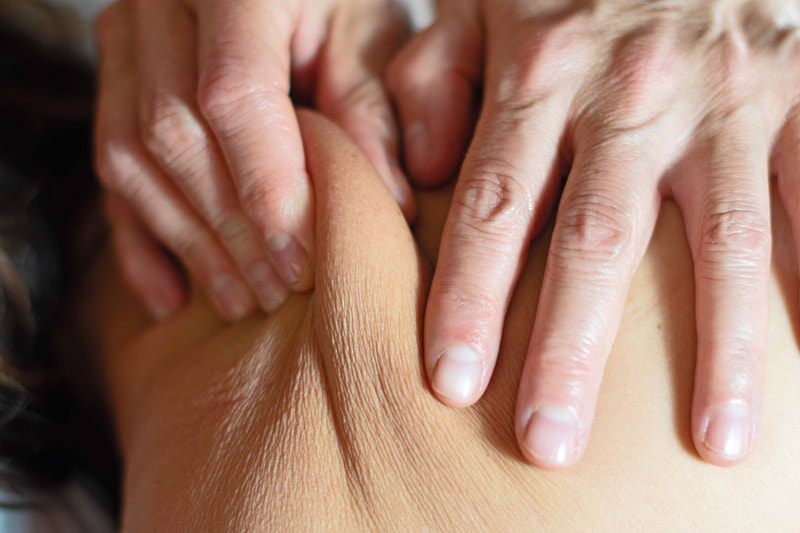





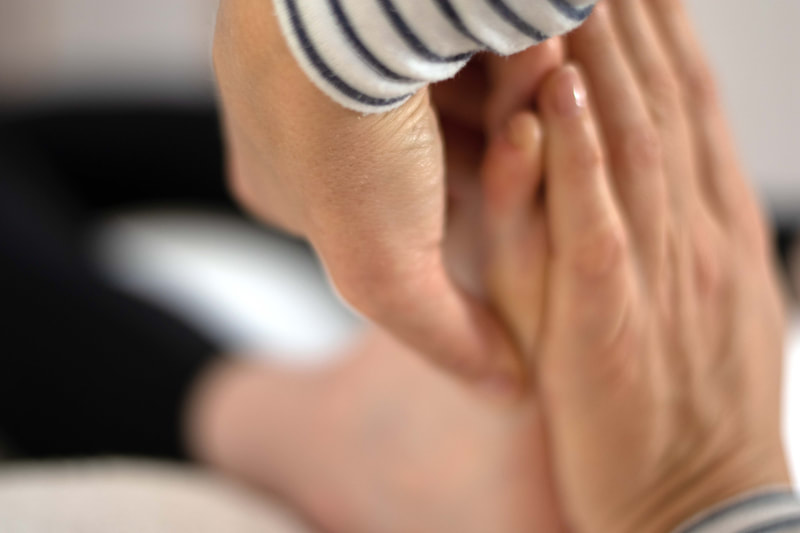


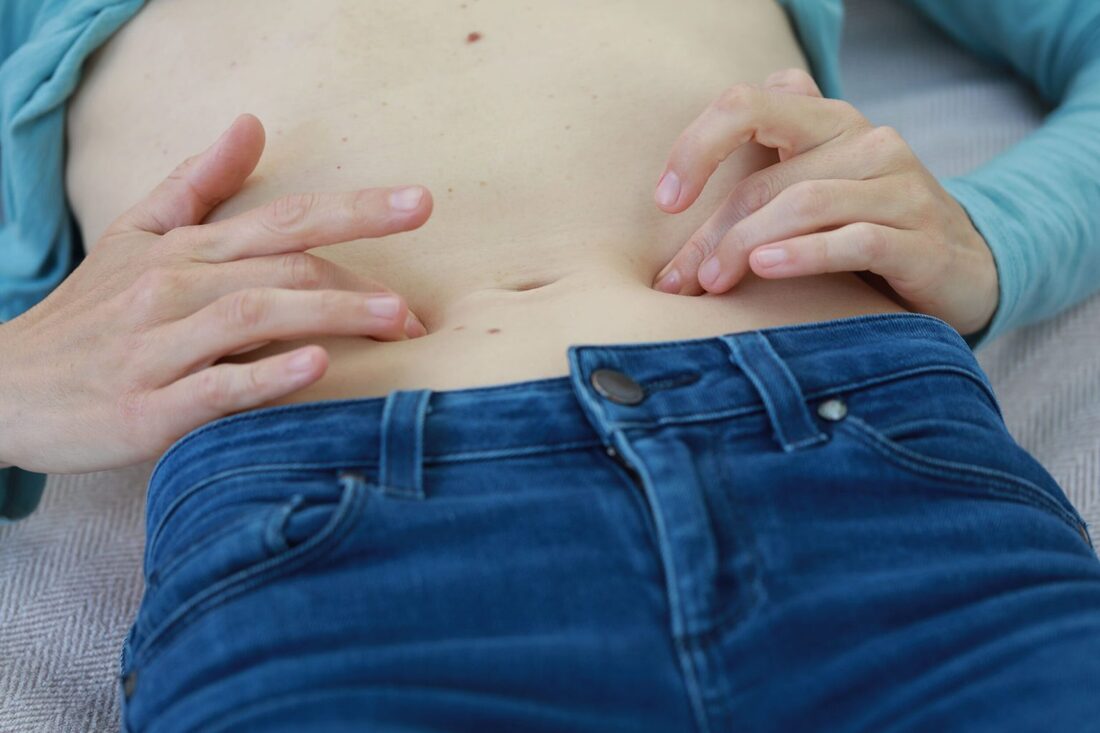


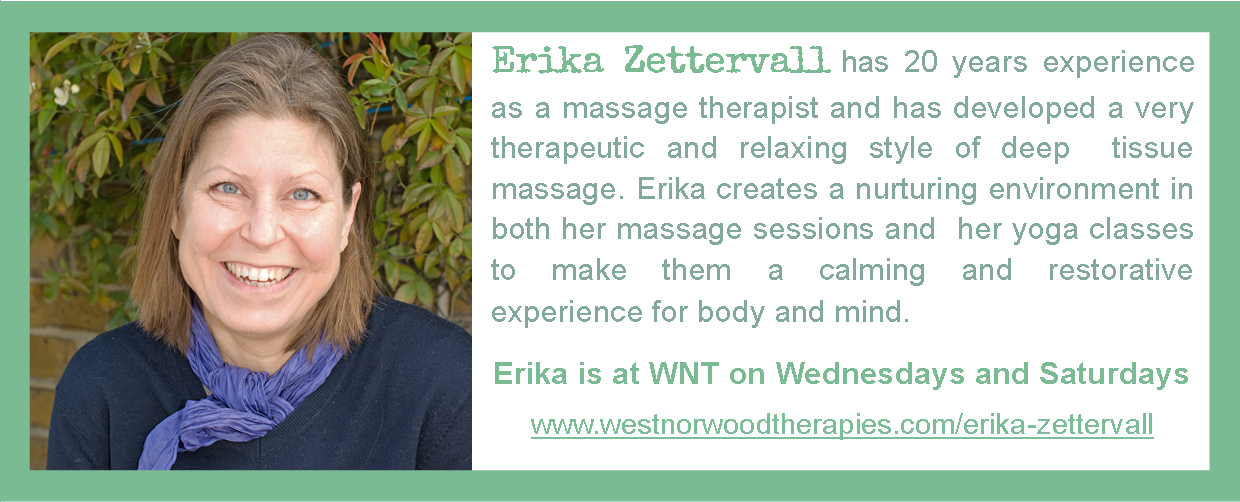

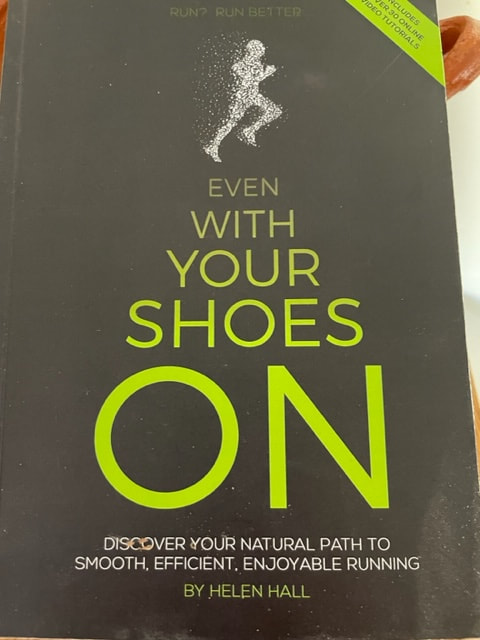
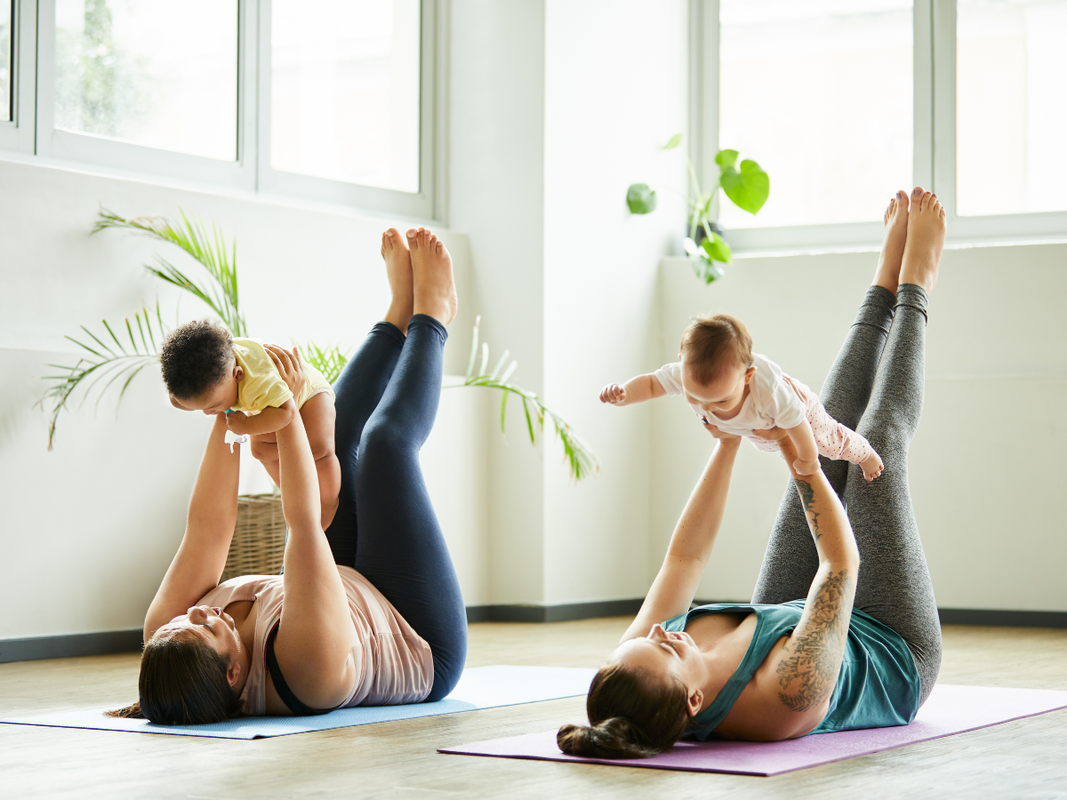
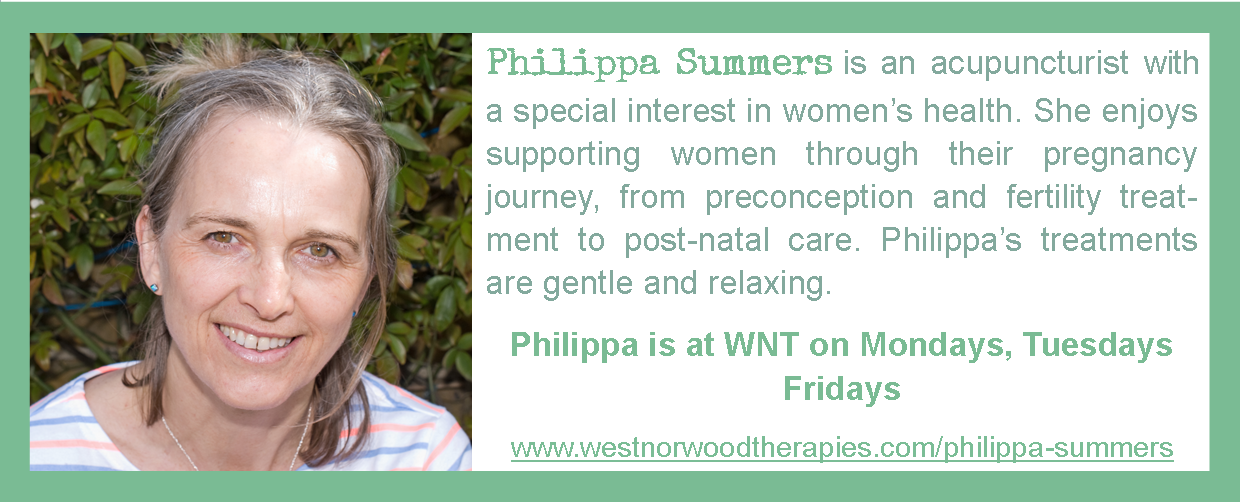
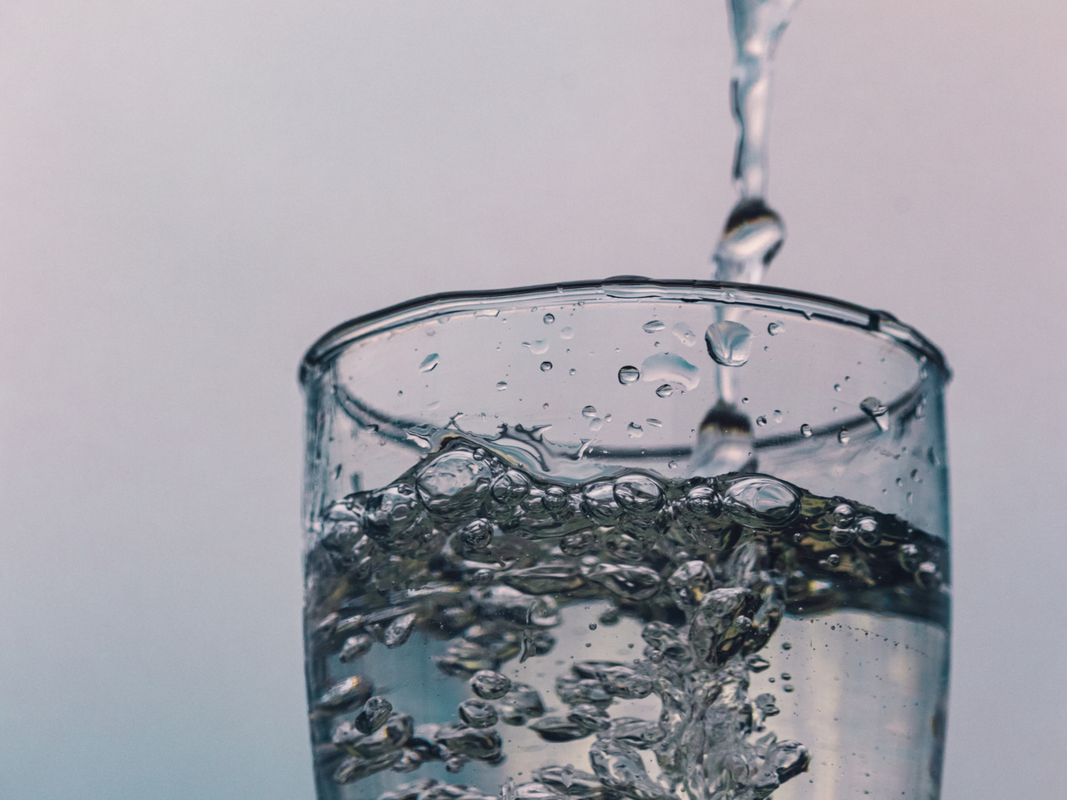

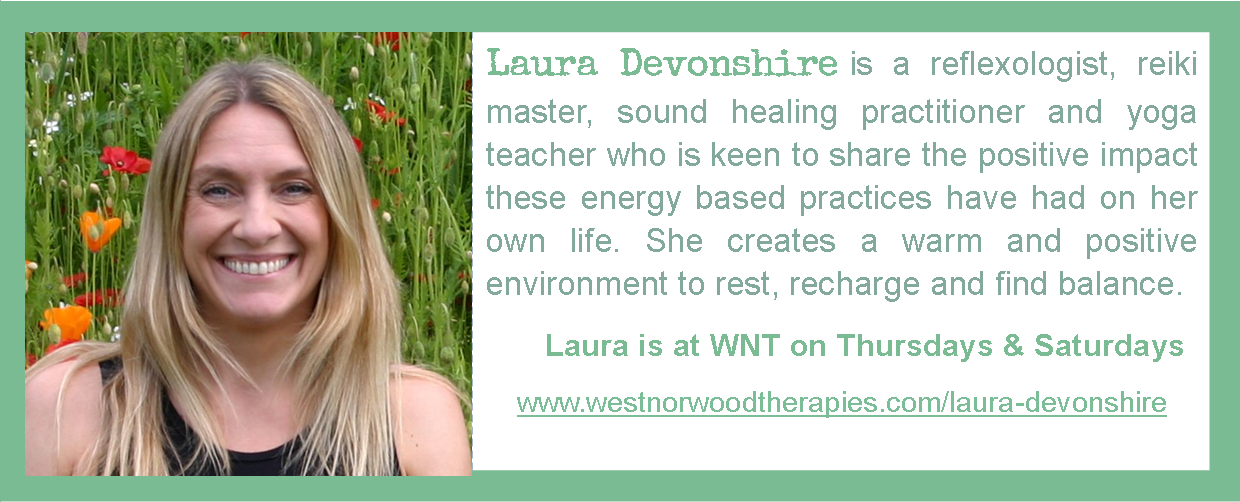
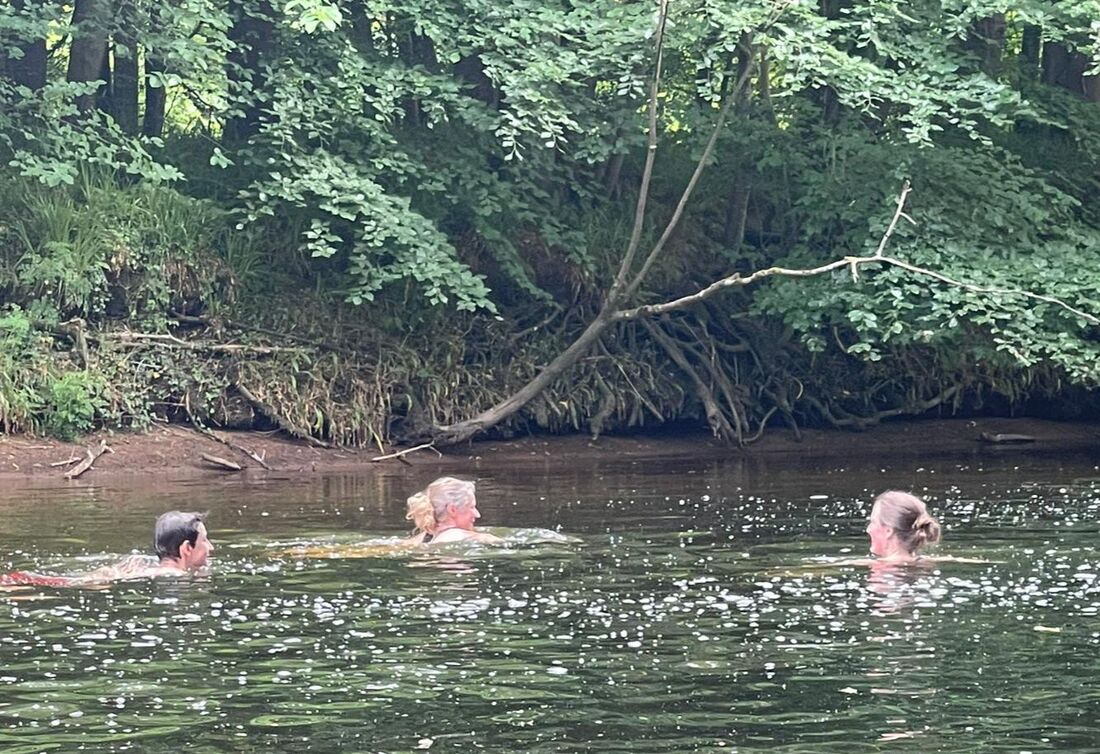

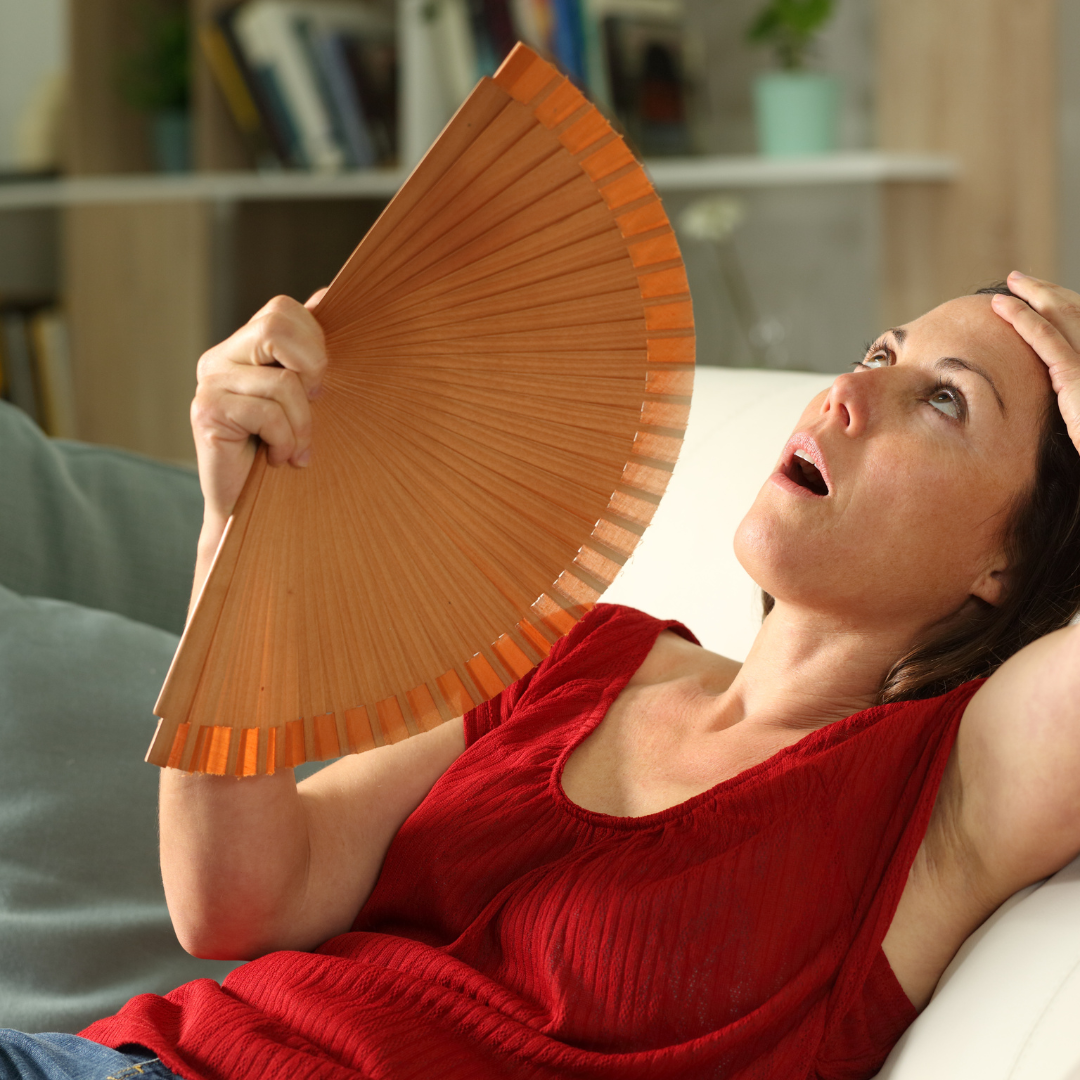

 RSS Feed
RSS Feed
